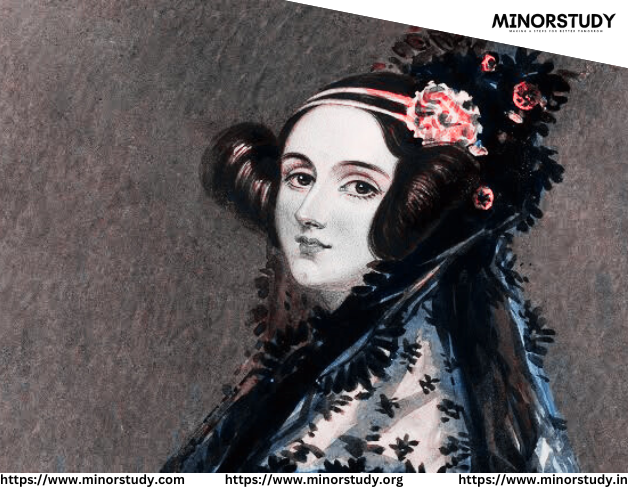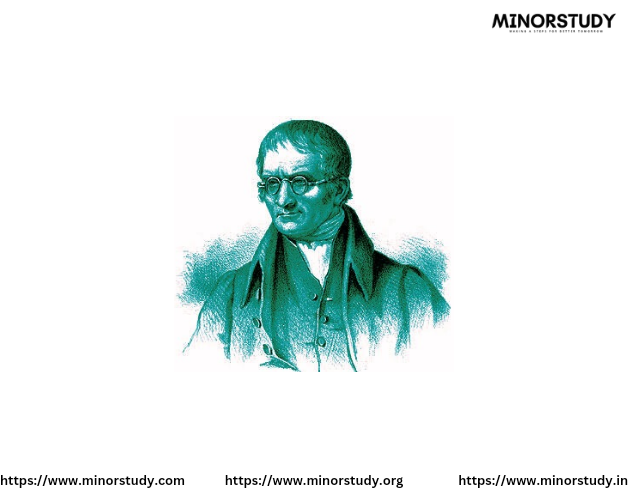Ada Lovelace
- Minorstudy Web blogs
- Dec 6, 2024
- 4 min read

Ada Lovelace (born December 10, 1815 – November 27, 1852) was an English mathematician and writer, widely recognized as the first computer programmer. She is best known for her work on Charles Babbage's Analytical Engine, an early mechanical general-purpose computer, and for creating the first algorithm intended for a machine to execute.
Early Life:
Ada Lovelace was born Augusta Ada Byron in London, the only legitimate child of the famous poet Lord Byron and his wife, Annabella Milbanke. Ada's parents separated shortly after her birth, and Ada was raised by her mother, who was determined to ensure that Ada would receive a strong education in mathematics and science.
Ada was tutored in mathematics by Augustus De Morgan, the renowned mathematician, and Mary Somerville, a scientist and mathematician who introduced her to Charles Babbage.
Key Contributions:
1. Collaboration with Charles Babbage:
In the early 1830s, Ada met Charles Babbage, a mathematician and inventor known for designing the Difference Engine and the more advanced Analytical Engine—a precursor to the modern computer. The Analytical Engine was intended to be a mechanical, programmable computing device.
Ada was fascinated by the machine’s potential and began corresponding with Babbage. Her detailed understanding of the machine’s design and capabilities led to her becoming a key collaborator.
2. The First Algorithm:
Ada is most famous for her notes on Babbage’s Analytical Engine. In 1843, while translating an article by the Italian mathematician Luigi Federico Menabrea on the Analytical Engine, Ada added her own notes, which were longer than the original article.
In these notes, she described a method for the Analytical Engine to compute Bernoulli numbers, an early form of programming. This method is considered to be the first algorithm intended for a machine to carry out, making Ada Lovelace the first computer programmer.
3. Vision of Computing's Potential:
Ada recognized that the Analytical Engine could go beyond mere calculations and be used to perform any intellectual task. She speculated that the machine could be programmed to process anything that could be expressed in symbolic form, including words, music, and images.
She is often quoted as saying: "The Analytical Engine weaves algebraic patterns, just as the Jacquard loom weaves flowers and leaves." Her vision of computing was ahead of her time, anticipating the future development of general-purpose computing.
Challenges and Legacy:
Ada Lovelace’s work was largely unrecognized during her lifetime. Despite her groundbreaking insights, the Analytical Engine was never fully built during her lifetime, and the full implications of her ideas were not understood until much later in history.
Ada faced many challenges due to the gender norms of the 19th century, which restricted women's access to formal education and recognition in the scientific community. However, her legacy as a pioneer of computer science has been rediscovered in the modern era.
Today, Ada Lovelace is celebrated as a visionary who anticipated the transformative power of computers. The Ada Lovelace Day, observed on the second Tuesday of October each year, celebrates the achievements of women in science, technology, engineering, and mathematics (STEM).
Later Life and Death:
Ada Lovelace married William King-Noel, the Earl of Lovelace, in 1835. She had three children and became involved in social and intellectual circles in London, where she continued her work on mathematics and computers.
In the late 1840s, Ada’s health deteriorated, and she struggled with various illnesses. She passed away at the age of 36 on November 27, 1852, from uterine cancer. At the time of her death, her work had not received widespread recognition, and it remained largely forgotten for many years.
Legacy:
Ada Lovelace’s contributions to computing were not fully appreciated until the 20th century when computing pioneers like Alan Turing acknowledged her work. Today, she is celebrated as a key figure in the history of computing.
The Ada programming language, developed in the 1980s by the U.S. Department of Defense, is named in her honor, as is the Ada Lovelace Institute, which focuses on research into the ethical implications of artificial intelligence.
Ada's legacy also lives on in the form of awards, scholarships, and initiatives designed to encourage young women to pursue careers in STEM fields.
Quotes:
"That brain of mine is something more than merely mortal; as time will show." – Ada Lovelace, in a letter to her mother.
"The science of operations, as derived from mathematics, is a science of itself, and has its own abstract truth and value. It is not merely an auxiliary to the sciences of observation." – Ada Lovelace.
Significance:
Ada Lovelace’s work laid the foundations for the future development of computer science and programming. She was the first to recognize the potential of computers beyond mere calculation, understanding that they could be used for a variety of tasks and applications. Her prescient insights into the nature of computing and algorithms make her one of the most important figures in the history of technology and a role model for women in science and mathematics.











Comments